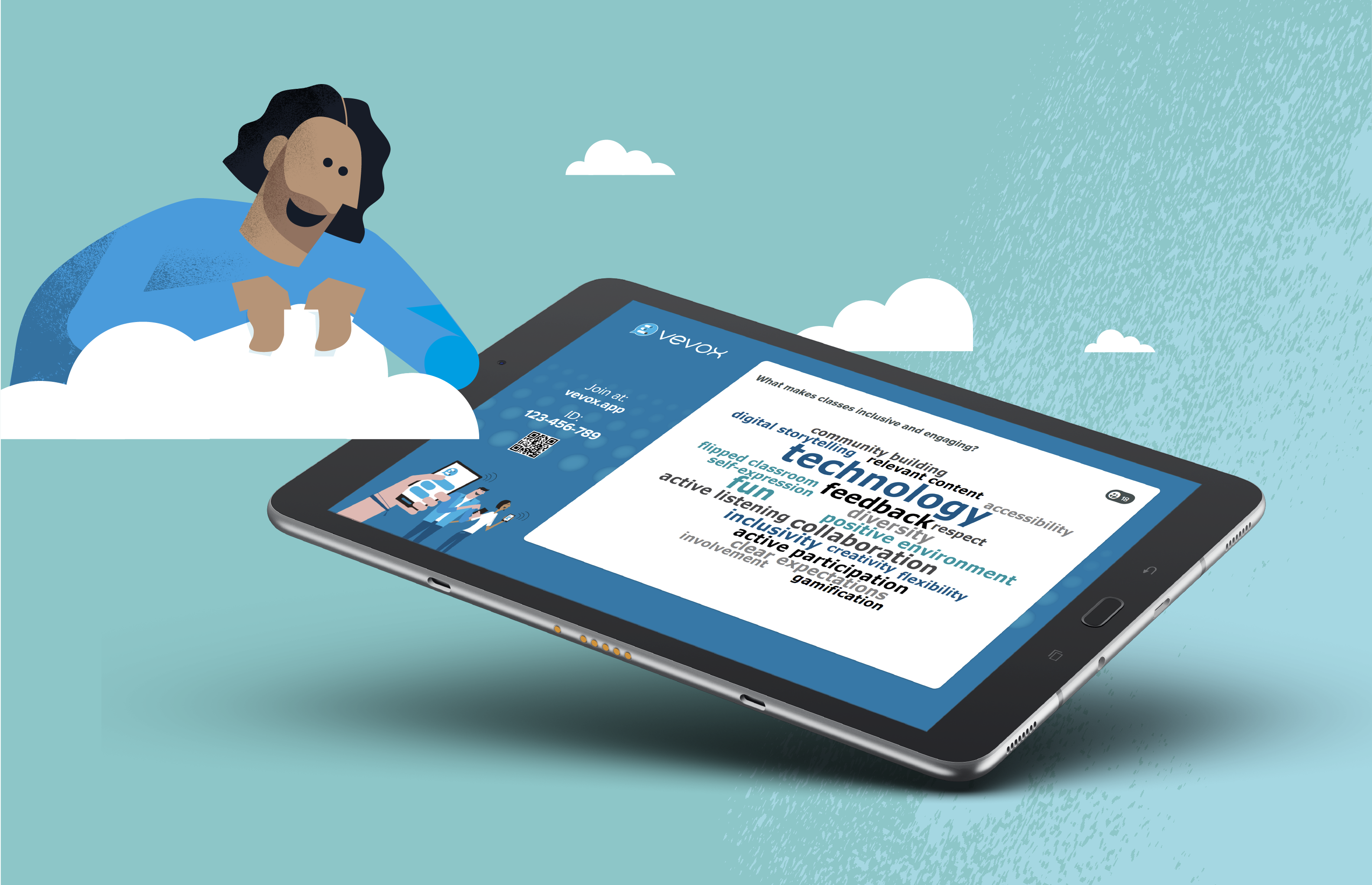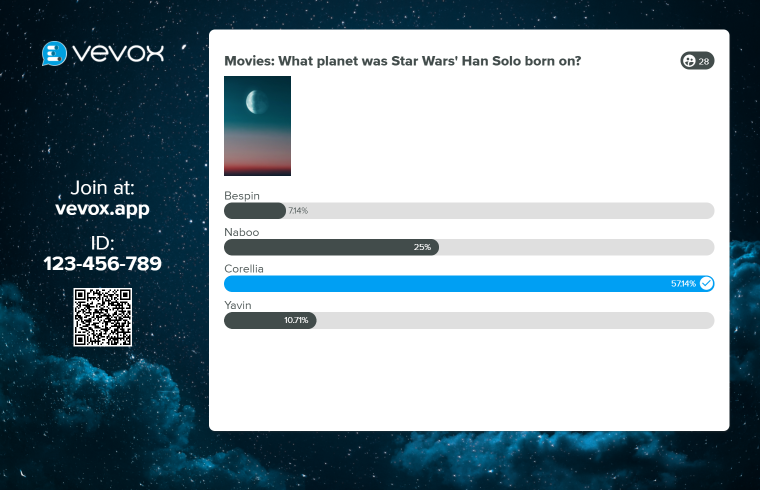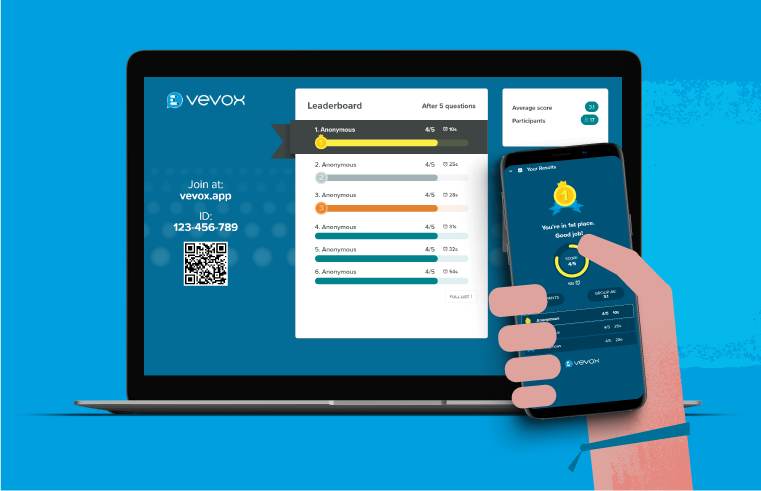What does diversity and inclusion mean?
Diversity and inclusion (D&I) are often misunderstood terms. Diversity is not about ticking boxes and making sure we recruit candidates based on their identities, backgrounds or gender. Additionally, inclusion is not all about just giving an employee the chance to feedback during an annual survey. D&I is so much more than this and when clearly understood and implemented, it can offer real value to organisations.
As mentioned in this D&I article by Sarah Saska, Co-Founder and CEO of Feminuity, she says, “A person is not ‘diverse,’ and there’s no such thing as a ‘diverse’ candidate. Referring to a person as ‘diverse’ would only make sense if we were all the same, but we’re not. Referring to a person as ‘diverse’ is increasingly used as code for people who belong to groups considered non-dominant, or those with historically less privileged”.
Diversity is a concept that sums up how different everyone is not just based on looks or their ethnicities, but on personalities, experiences, ideas, identity, hobbies, career aspirations and lifestyles. As Sarah Saska further explains, the diversity of identity can include a range of things from: “socialized and visible race, gender identity, religion, nationality, body shape or size, age, or sexual orientation, to name a few. To sum it up, people aren’t ‘diverse,’ we’re individuals”. Diversity is needed all over departments and in senior leaderships and boardrooms, as diversity helps to create more innovative workforces and maximize the full potential of different ideologies and outlooks. D&I shouldn't be seen as 'ticking boxes' and trying to fulfil political correctness, but instead organisations should see the value in employing and listening to a diverse workforce.
According to Forbes Insights Research on Global Diversity and Inclusion: “75% of fortune 1000 companies have diversity initiatives and 70% of companies believe they are effective in recruiting ‘diverse’ employees, only 11% actually understand what it is”.
Inclusion is not a product of diversity. Organisations cannot expect inclusion to be a by-product of other business strategies that are in place. Inclusion needs to be carefully thought about, planned and actioned by stakeholders. Inclusion can be anything from making sure you have the right processes, policies, practices or tools in place to ensure employees feel valued and included. We use our own tool Vevox in company meetings because it offers value in allowing employees to have an equal platform to ask questions without any fears or inhibitions. When we changed our brand name and moved offices, we wanted all our employees to be part of the process and to hear every suggestion, so we utilised Vevox for collecting ideas and we voted on the best ones through the polling app.
There are many examples to explain the relationship of D&I but this example is often referred to: “People often say that ‘diversity’ is an invitation to a party, whereas ‘inclusion’ is being asked to dance or being able to ask for a song request”. This metaphor can be taken further to say that people need to see the value in ‘dancing’ and to be encouraged. Simply put, inclusion is something that does not happen on its own and you need to ask everyone to put forward their feelings, ideas and questions in company meetings. When employees see the value in inclusion and see how their ideas or feedback will be actioned, then they will feel invested in the cause and will feel more inclined to contribute.
I've seen and heard the terminology ‘employee experience’ used a lot more recently over the last couple of months in relation to internal communications and D&I. Inclusion is a big part of the employee experience. By truly listening to your workforce and giving them an equal voice will you then be able to understand your employees and how they feel. It can be daunting to potentially unearth some home truths, but it's only through involving employees in company meetings and being able to truly interact with them will you know what's important to them.
Why is diversity and inclusion so important in the workplace?
It’s simple really. It all comes down to empowering your entire workforce to do the best possible jobs they can. No matter what role, department, ethnicity, background or gender. Giving everyone an equal opportunity to make their voices heard and listening to all, not just a few, helps organisations to truly understand their workforce better. It’s about connecting with your workforce and getting a clearer picture of how each department, team and individual feels as well as allowing people to voice their ideas openly and actively listening to them.
By giving your workforce a voice and creating a inclusive culture, it can help to:
- Increase employee satisfaction
- Produce higher employee productivity and collaboration
- Empower employees to share their ideas and feedback openly
- Enable effective problem-solving and creativity
- Generate company growth and innovation
Research by Deloitte Australia shows that "inclusive teams outperform their peers by 80% in team-based assessments". Appreciating and listening to your employees is a great motivator and it helps employees to reach their potential. The report from Deloitte also shows that even if just 10% more employees felt included, the company would increase work attendance by almost one day per year per employee and it has a knock-on effect to productivity.
D&I also encourages intrapreneurship and getting employees to suggest ideas that can have a huge impact on improving company products, services, processes or the company productivity. Research from Josh Bersin/Deloitte shows that "inclusive companies have 2.3 higher cash flow per employee over a 3 year period" and when D&I is embedded into company culture it increase the likelihood of higher performance and better decision making.
Part 2: Top tips from D&I experts on workplace inclusivity
Part 3: Workplace inclusivity: 'Make it part of your culture'



.png)
